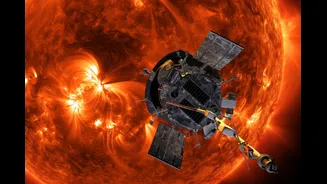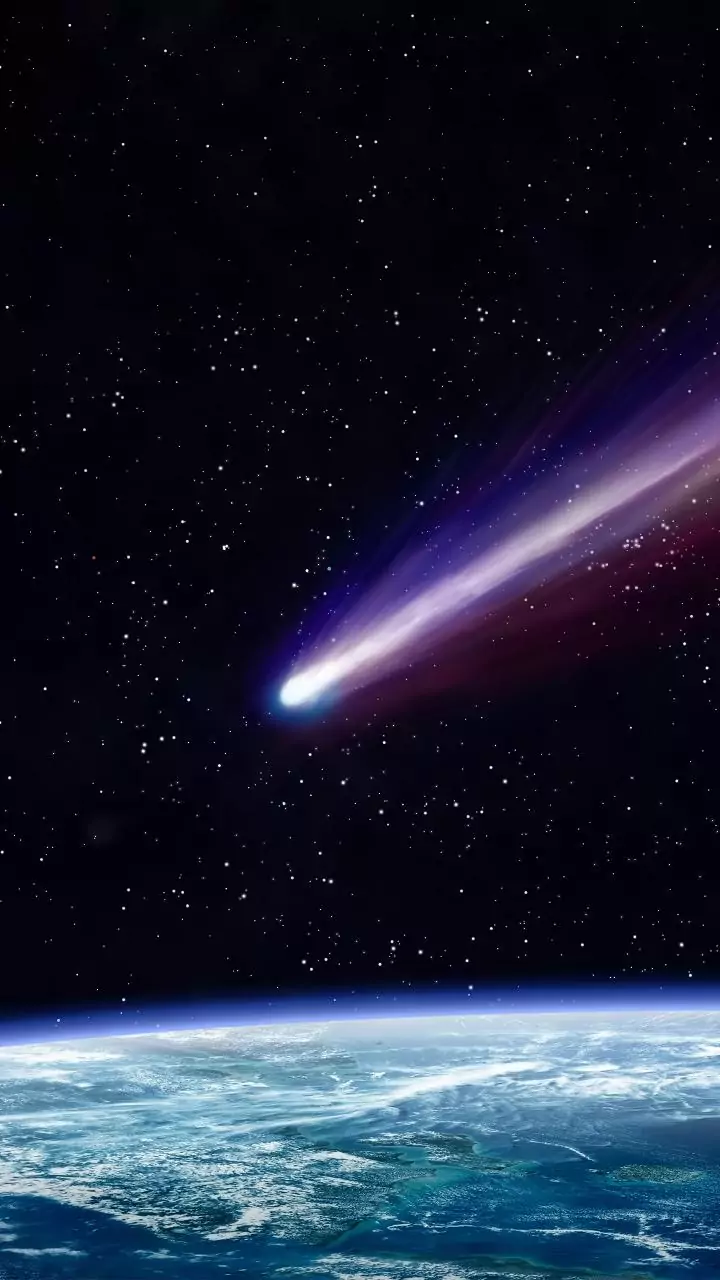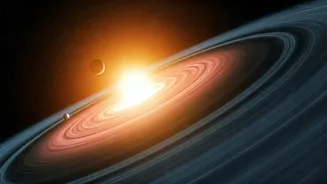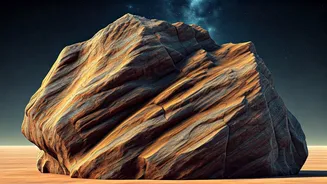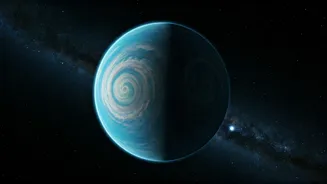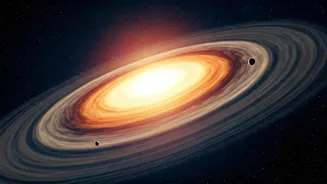A groundbreaking discovery by scientists worldwide has revealed that when a star reaches the end of its life and transforms into a ‘red giant,’ it begins to engulf the planets around it. This startling
finding, based on data from NASA’s Transiting Exoplanet Survey Satellite (TESS) mission, not only poses questions about the fate of planets throughout the universe but also leads to speculation about Earth’s future as the Sun ages.
Researchers from the TESS mission monitor slight drops in brightness as planets transit stars, aiding in the identification of these celestial bodies. From approximately 500,000 planetary systems, scientists zeroed in on signals from 15,000 potential planets.
Using a specialised algorithm, they identified planets orbiting stars transitioning into red giants. Only 130 such planets were found, 33 of which were previously undiscovered. This suggests that aging stars are capable of destroying their nearby planets.
How Do Stars End Up Swallowing Their Own Planets?
Edward Bryant from the University of Warwick explained this phenomenon. “As stars exhaust their hydrogen, their outer layers begin to expand, potentially increasing their size by up to 1,000 times. During this phase, the star’s gravitational pull intensifies, drawing in nearby planets to be gradually absorbed,” he said.
He compared this process to how the Moon’s tidal forces affect Earth’s oceans, albeit with fatal consequences for the planets.
What Will Eventually Happen To The Sun?
Scientists predict that in around 5 billion years, the Sun will also become a red giant, growing large enough to completely engulf Mercury and Venus. There is ongoing debate about Earth’s fate. Some scientists contend that Earth will be incinerated or obliterated, while others suggest it might survive but become uninhabitable.
Vincent Van Eylen from University College London stated, “Our study indicates that Earth is relatively safer than other planets. However, as the Sun transforms into a red giant, its heat will scorch Earth’s surface and evaporate the oceans, making life unsustainable.”
When Will the Destruction Actually Start?
The study indicates that once a star exits its ‘main sequence’ or stable life stage, planets around it begin to be drawn in within a few hundred thousand years. Researchers determined that the likelihood of finding a planet near a red giant star is less than 0.11%, approximately 3% lower than for normal stars, implying that most planets have already perished.
Scientists are now investigating why some planets endure, exploring whether distance, size, or mass plays a role in their survival. Bryant suggested, “Understanding the exact mass of these planets will help us determine what enables them to avoid being swallowed.”
